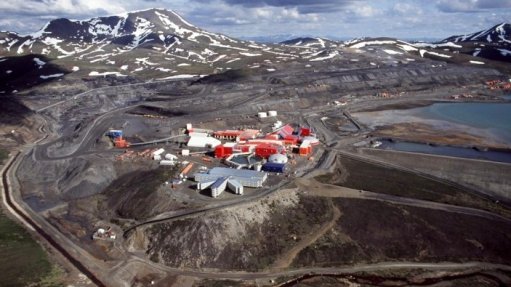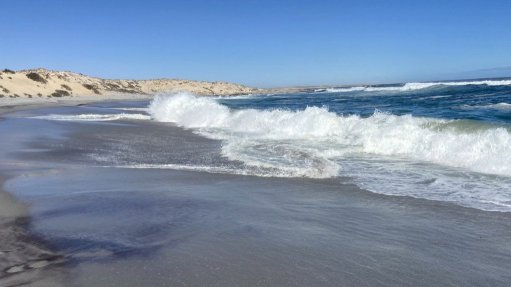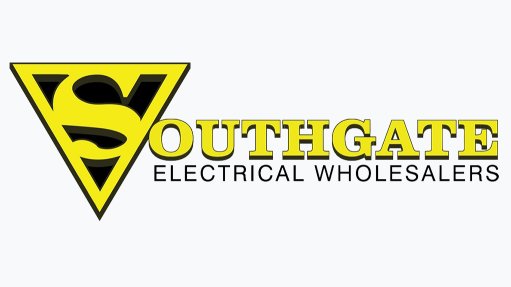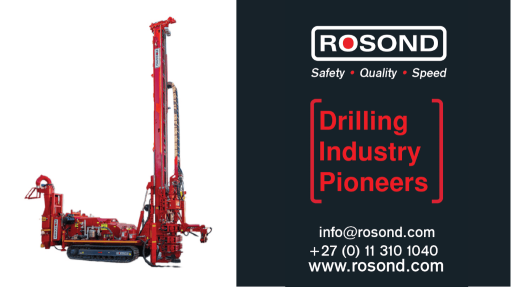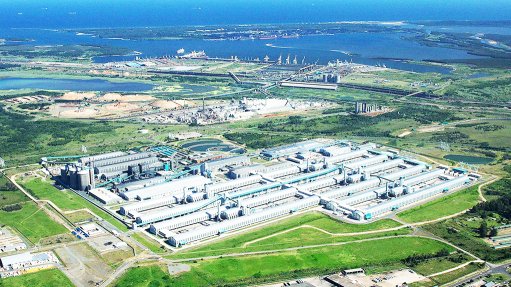PEX piping vulnerable to long-term UV exposure from artificial light

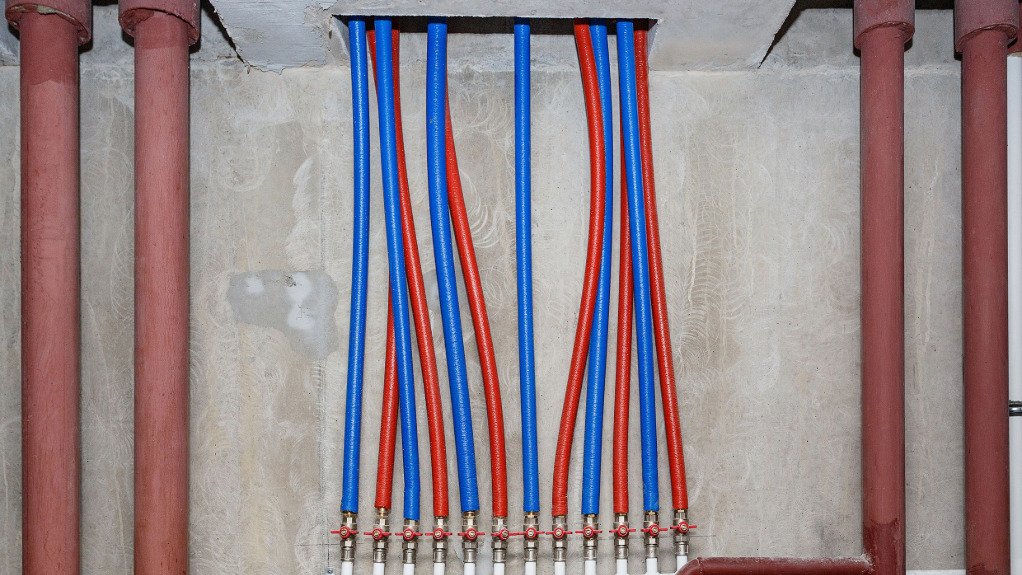
RISKY EXPOSURE The impact of UV emissions range from simple colour changes, such as fading, to more significant degradation through oxidation or other mechanism
Crosslinked polyethylene (PEX) piping may be adversely affected by UV emissions from certain artificial light sources over a long period of time, states US-based non-profit trade association Plastics Pipe Institute (PPI).
PPI’s recently published technical paper, titled ‘Potential Effects of Artificial Lighting on Crosslinked Polyethylene (PEX) Pipe and Tubing and Recommended Installation Practices’, provides recommended installation practices for PEX piping exposed to indoor artificial lighting.
According to PPI, many types of materials can be affected by exposure to certain types of natural and artificial lighting. In particular, the impact of UV emissions must be considered when PEX is installed near all artificial light sources.
The effects can range from simple colour changes, such as fading, to more significant degradation through oxidation or other mechanisms.
“There have been questions about the potential effects of indoor lighting,” PPI building and construction division engineering director Lance MacNevin states.
He elaborates that it can be difficult to address all types of artificial light in a universal recommendation because each type, and even each brand, of artificial light has unique UV emittance, and therefore, unique effects.
However, PPI has learned that fluorescent lights, either tubular versions or single-envelope compact fluorescent lamps, are of most concern in residential and commercial applications, as these lights have the highest component of UV emissions, he says.
In the US and Canada, all PEX pipe and tubing uses in hot- and cold-water plumbing applications must be produced and approved in accordance with industry standards, which require a minimum UV resistance, even though these materials are not designed or intended for outdoor usage, according to the paper.
This level of minimum UV resistance provides limited protection against UV radiation and is intended to protect these materials from incidental exposure to UV during installation.
Therefore, in situations where PEX is installed in indoor locations that will result in long-term exposure to artificial UV, the effects of this exposure to artificial light sources, which may contain a UV component, must be considered.
“Fortunately, UV irradiance and its harmful effects diminish the further away the pipe or tubing is installed from the artificial light source, so setback distance is a critical consideration,” MacNevin explains.
The technical paper specifies that most indoor surfaces reflect small amounts of UV radiation incidentally, therefore, the primary consideration is for light directly emitted by the light source upon the PEX pipe.
The setback distance that a PEX pipe is installed from direct exposure to a given light source impacts on the amount of UV radiation exposure PEX will experience during its lifetime.
Aligned to these findings, PPI’s technical paper provides recommended minimum distances, with MacNevin noting that other types of lights, such as incandescent or LED lights, are of less concern and closer distances may be used.
PPI advises a minimum setback distance of about 91 cm, or 36 inches, for residential and light commercial applications.
For industrial, manufacturing, warehousing and large commercial applications, about 9 m, or 30 feet, is considered reasonable for all types of artificial light sources.
The technical document adds that in these applications, the distance from the
light source to the lighted working area is significantly greater, and the types of light sources employed produce proportionally higher luminous efficiency to
achieve the same illuminance value at the working level. Therefore, proportionally higher UV irradiance can also be expected.
Further, these facilities often lack natural lighting and artificial light sources may be used 24 hours a day.
When PEX pipes cannot be installed at the minimum setback distance from direct incidence to a non-LED artificial light, a layer of exterior protection, such as protective sleeving or a pipe insulation that is compatible with the PEX material, should be installed.
Article Enquiry
Email Article
Save Article
Feedback
To advertise email advertising@creamermedia.co.za or click here
Press Office
Announcements
What's On
Subscribe to improve your user experience...
Option 1 (equivalent of R125 a month):
Receive a weekly copy of Creamer Media's Engineering News & Mining Weekly magazine
(print copy for those in South Africa and e-magazine for those outside of South Africa)
Receive daily email newsletters
Access to full search results
Access archive of magazine back copies
Access to Projects in Progress
Access to ONE Research Report of your choice in PDF format
Option 2 (equivalent of R375 a month):
All benefits from Option 1
PLUS
Access to Creamer Media's Research Channel Africa for ALL Research Reports, in PDF format, on various industrial and mining sectors
including Electricity; Water; Energy Transition; Hydrogen; Roads, Rail and Ports; Coal; Gold; Platinum; Battery Metals; etc.
Already a subscriber?
Forgotten your password?
Receive weekly copy of Creamer Media's Engineering News & Mining Weekly magazine (print copy for those in South Africa and e-magazine for those outside of South Africa)
➕
Recieve daily email newsletters
➕
Access to full search results
➕
Access archive of magazine back copies
➕
Access to Projects in Progress
➕
Access to ONE Research Report of your choice in PDF format
RESEARCH CHANNEL AFRICA
R4500 (equivalent of R375 a month)
SUBSCRIBEAll benefits from Option 1
➕
Access to Creamer Media's Research Channel Africa for ALL Research Reports on various industrial and mining sectors, in PDF format, including on:
Electricity
➕
Water
➕
Energy Transition
➕
Hydrogen
➕
Roads, Rail and Ports
➕
Coal
➕
Gold
➕
Platinum
➕
Battery Metals
➕
etc.
Receive all benefits from Option 1 or Option 2 delivered to numerous people at your company
➕
Multiple User names and Passwords for simultaneous log-ins
➕
Intranet integration access to all in your organisation











